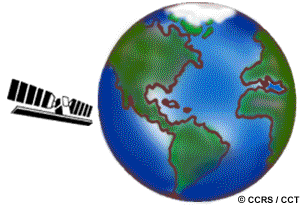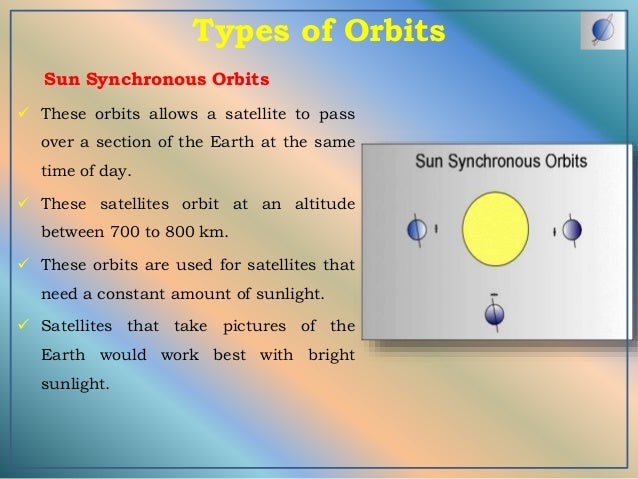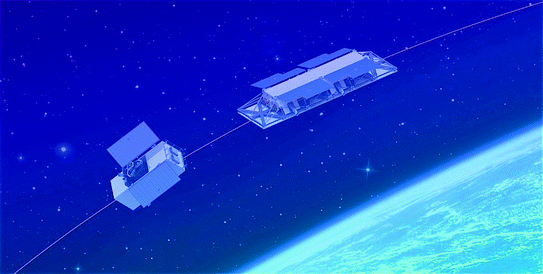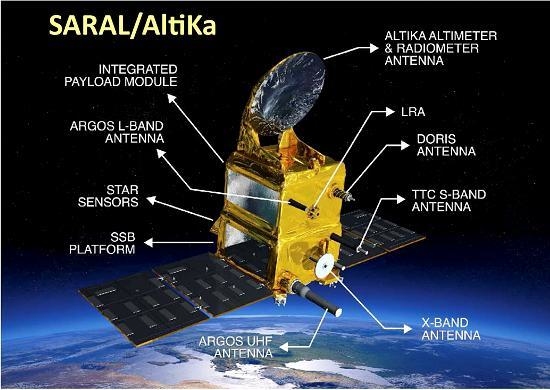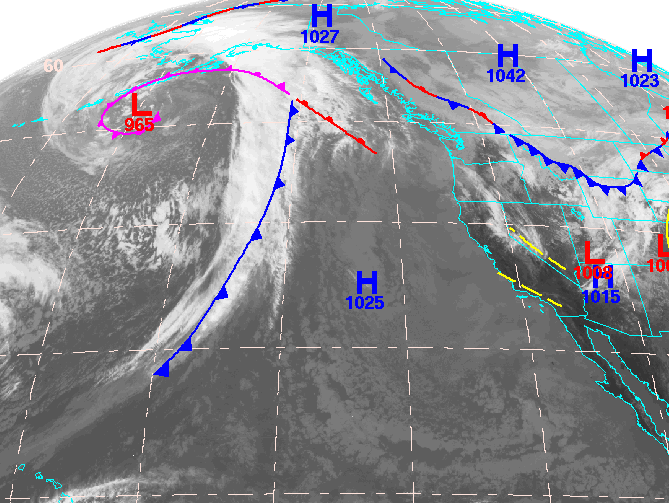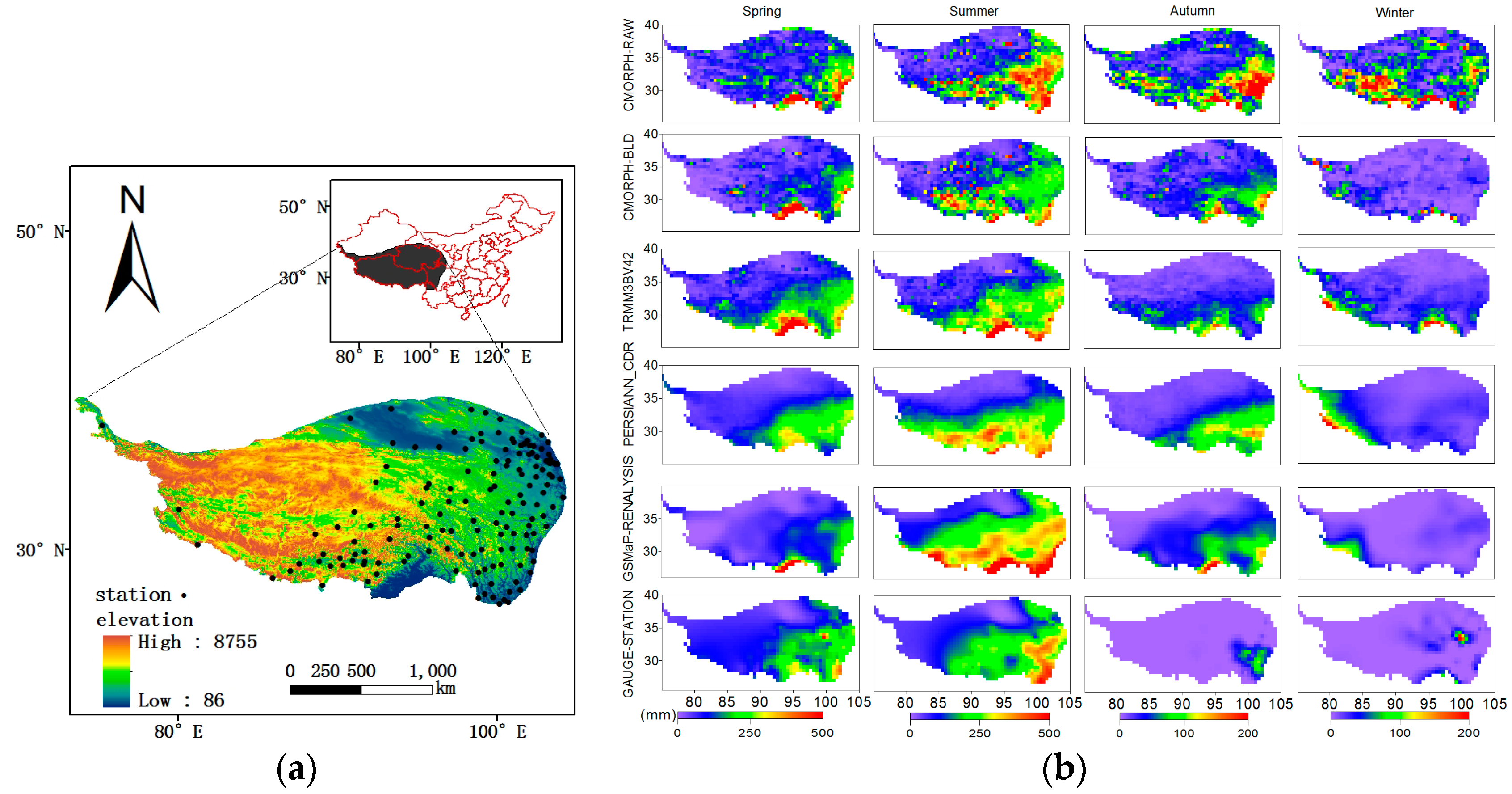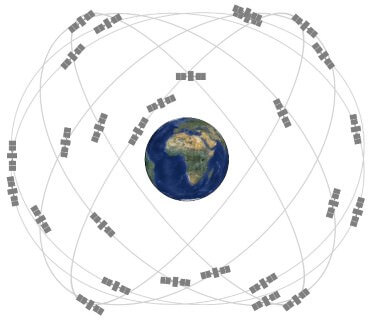Advantages And Disadvantages Of Geostationary And Polar Satellites

Advantages of polar orbits since the orbit is lower than for the geostationary satellites the data resolution is higher.
Advantages and disadvantages of geostationary and polar satellites. Geostationary satellite orbits can only be above the equator and therefore polar regions cannot be covered. Following are the disadvantages of geo orbit. Disadvantages of polar orbits can not provide continuous viewing of one location. As the earth rotates to the east beneath the satellite each pass monitors an area to the west of the previous pass at intervals of roughly 90 to 100 minutes.
A polar orbiting satellite closely parallels the earth s meridian lines thus having a highly inclined orbit close to 90. Geostationary satellites its advantages and limitations cleardconcepts june 14 2016 a geostationary satellite is an earth orbiting satellite placed at an altitude of approximately 35 800 kilometers 22 300 miles directly over the equator that revolves in the same direction the earth rotates west to east. Despite the disadvantages of using satellites in geostationary orbit they are still widely used because of the overriding advantage of the satellite always being in the same position relative to a given place on the earth. They provide global coverage necessary for nwp models and climatic studies.
Geostationary is the moving orbit in the plane of the equator. Almost there is no doppler shift and hence less complex receivers can be used for the satellite communication. The signal requires considerable time to travel from earth to satellite and vice versa. Total three satellites are sufficient for the job.
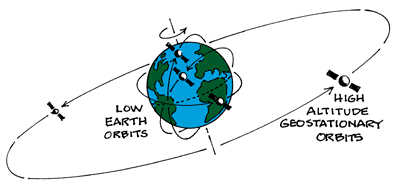



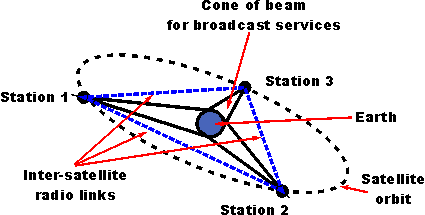
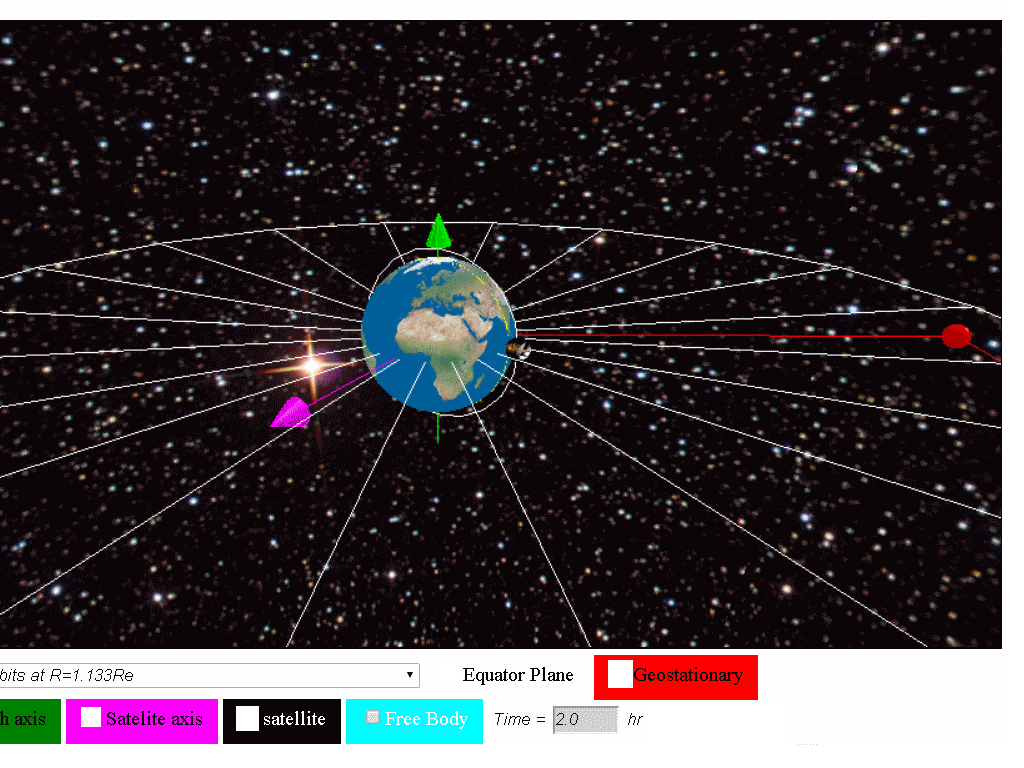










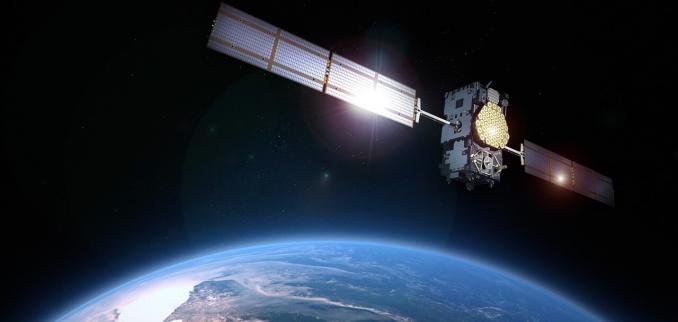




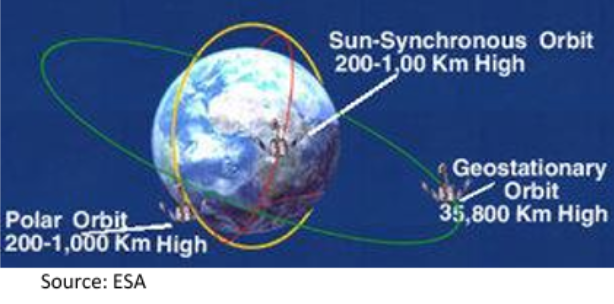



.PNG)



